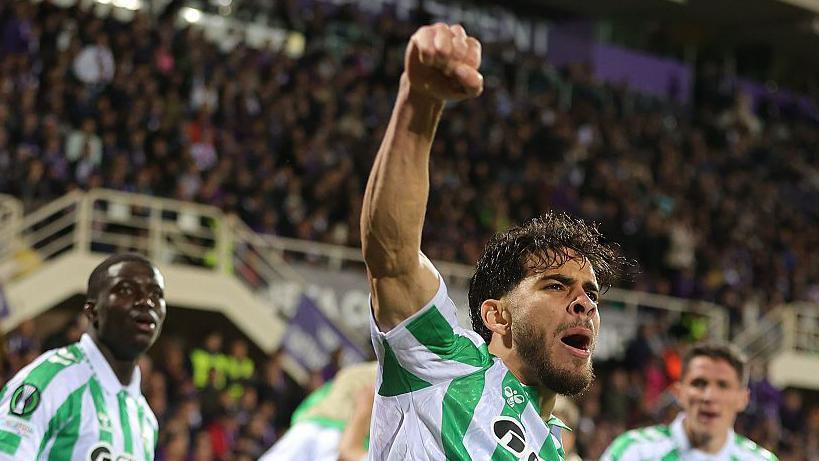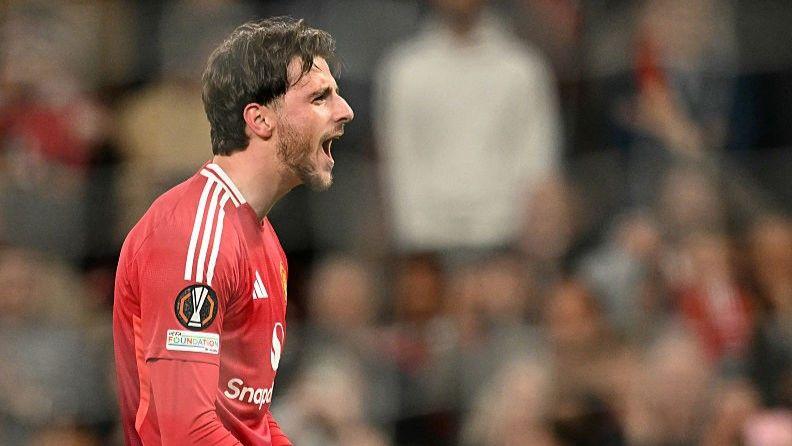What we know about Leo XIV, the new American pope
Over an hour after the white smoke emerged, the new pope, clad in his papal vestments, stepped onto the balcony of St. Peter's Basilica and greeted the world.
He mentioned Pope Francis twice and explicitly said he wants to pick up where the late pope left off on that very balcony on Easter, before giving the Urbi et Orbi blessing -- meaning to "the city and the world."
"We have to be a church that works together to build bridges and to keep our arms open, like this very piazza, welcoming," Leo told the crowd while speaking in Italian.
His full authority and jurisdiction begin immediately upon his acceptance of the office, prior to the public announcement.
Significance of papal name
Leo is the fifth-most-popular name chosen by popes.
The director of the Holy See told reporters Thursday that the name is a "direct reference to Leo XIII," the last pope to take the name Leo.
Pope Leo XIII, who headed the Catholic Church from 1878 until his death in 1903, was a founding figure of the Catholic social justice tradition.
He is known for his encyclical "Rerum Novarum," meaning "Of New Things," which is "considered to be the foundation for the modern social doctrine of the Church," the Holy See director said.
Pope Leo XIII, who headed the Catholic Church from 1878 until his death in 1903, was a founding figure of the Catholic social justice tradition.
"Looking to the history, Leos were strong popes," Father Vito Crincoli told ABC News on Thursday. "Like Leo XIII, he loved his people. He loved his people. His people, he considered man not a machine. A man's work was a reflection of his dignity."
"We don't know this yet, but it'd be really interesting to know why he took the name Leo," he said of Pope Leo XIV.
While popes aren't obliged to change their name, every pontiff for the past 470 years has done so, usually choosing the name of a predecessor to both honor them and signal their intention to emulate his example. Pope Francis was a notable exception, choosing not the name of a former pope but that of St. Francis of Assisi, the 13th century cleric and patron saint of animals and the environment.
Seen as front-runner
Pope Leo started to emerge as a front-runner for the papacy in the days before the conclave began, according to the Rev. James Martin, a papal contributor to ABC News.
Following the announcement of the new pope, Martin told ABC News on Thursday that he knows Leo, describing him as "very down-to-earth" and a "very kind person, very reserved."
Pope Leo was the only U.S. cardinal on a short list of front-runners for pope, also known as "papabiles," compiled in the aftermath of Pope Francis' death by The Associated Press.
1st Augustinian friar to be elected pontiff
In addition to being the first pope from the United States, Leo is the first Augustinian friar to be elected pontiff.
He graduated from Villanova University, the only Augustinian Catholic university in the nation, in 1977.
"As an Augustinian Catholic institution, we celebrate this significant day for our University community and the global Church," the Rev. Peter Donohue, the university's president, said in a statement Thursday. "Villanova, built on the teachings of St. Augustine, has always been grounded in advancing a deeper understanding of the fundamental relationship between faith and reason -- between spirituality and wisdom. With today's election of His Holiness, Pope Leo XIV, I cannot help but reflect on what his Augustinian papacy will mean to our University community and our world. Known for his humility, gentle spirit, prudence and warmth, Pope Leo XIV's leadership offers an opportunity to reaffirm our commitment to our educational mission."
Leo entered the novitiate of the Order of Saint Augustine in the province of Our Lady of Good Counsel, in Saint Louis, in 1977, according to his bio on the Vatican Press website.
He earned a diploma in theology from the Catholic Theological Union of Chicago in 1982. He went on to study canon law at the Pontifical Saint Thomas Aquinas University and received priestly ordination on June 19, 1982, according to his bio.
After receiving his licentiate in 1984, he was sent to work in the mission of Chulucanas, in Piura, Peru, from 1985 to 1986.
He mostly served in Peru until returning in the late 1990s to Chicago, where he was elected to lead the Augustinians' Midwest province in 1999. He was subsequently twice elected prior general, or top leader, of the Augustinian religious order.
Brought to work at the Vatican by Pope Francis
Francis brought Pope Leo to work at the Vatican after first appointing him in 2014 to serve as the bishop of Chiclayo, Peru. He has spent the majority of his time in Peru, where he has also worked as a teacher, missionary and parish priest. During his remarks from the balcony of St. Peter's Basilica on Thursday, Leo spoke briefly in Spanish and greeted the Diocese of Chiclayo in Peru specifically.
In April 2020, Francis appointed him to be the apostolic administrator of the diocese of Callao, also in Peru, his profile said.
Since 2023, he has held the position at the Vatican as Prefect of the Dicastery for Bishops, in charge of vetting nominations for bishops around the world.










